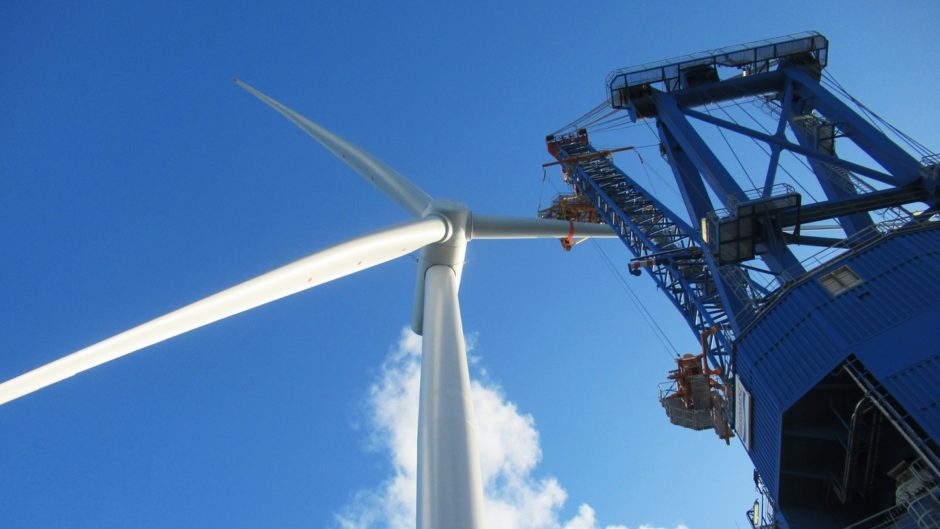
The offshore wind industry had been lulled into a false sense of security through cheap money and a deflationary services market, Orsted’s outgoing interim COO Andy Brown said today.
Speaking at the International Energy Week (IEW), Brown said the industry was taking stock from its mistakes and becoming more robust.
Brown stepped into the role of interim COO in November 2023. He will step down by the end of March, replaced by Patrick Harnett, currently head of European execution programmes. Brown is up for election to become Orsted’s deputy chair at the company’s AGM on March 5.
Playing a key part in that shift to a more solid basis, Orsted has cut back its expansion plans and taken action on its finances.
More solid
The company has “moderated its 2030 target, but it’s still an exciting place to be”, Brown said.
Orsted’s current capacity is 15.7 GW and it aims to achieve 35-38 GW by 2030. “But it was 50 GW. That was really stretching how much we would need to deliver. So, we’ve a much more considered plan.”
As part of Orsted’s plan, it will reduce debt levels relative to EBITDA, with a shift to a “more solid business plan”.
Brown made it clear that problems in the US had played a particular role in Orsted’s difficulties.
“We need to think about why we got into such a position,” particularly at Ocean Wind 1. He highlighted an over extension of commitments before reaching final investment decision (FID).
Orsted struggled with the gap between negotiating a project and executing the contracts for construction, he acknowledged.
These problems were exacerbated by regulation, particularly in the US. Rules there were “not well developed”. He noted restrictions on the timing for installations offshore and the Jones Act, which imposes restrictions on vessels operating offshore.
“The industry is extraordinarily stretched. All spare capacity is used up. So if something starts to go wrong, you could find yourself in a position where you no longer have an installation vessel.”
The oil and gas industry understands these bottlenecks, he said. “Offshore wind hadn’t yet seen that [problem]. It now sees it, with a particularly difficult US environment, that’s where the majority of our write offs were.
Regulatory shift
The company has a new focus on deliverability, he continued. “It’s a more robust company that my successor can take forward.”
It has 9 GW of capacity under construction, of which 3 GW are in the UK. It has works under way in Poland, Germany and Taiwan.
“We are very busy and we have a balance sheet under strain. This is a company that is growing extraordinarily fast.”
Regulators, Brown said, understand that the environment has changed in offshore wind. Citing higher strike prices for the UK’s future rounds, the executive said “regulators want offshore wind and they’re setting prices that would allow us to have good projects with good returns, above the cost of capital”.
States in the US are also recognising pressure from the industry. “Typically they were bidding in at $100 per MWh, now that’s $150 MWh. At those prices, projects look viable. There’s a reset in the US, in the UK and for the whole offshore wind industry.”
Just as regulators are being more accommodating with operators, so too are companies having to work better with the supply chain, he acknowledged. “We both need to win. Siemens Gamesa lost 4 billion euros last year. We have to work with them on how to have a sustainable supply chain.”
One area that Orsted has slowed on is floating wind. Brown acknowledged that the company had “deprioritised” floating wind. “It’s expensive and we’ve taken a step back. Ultimately, it’s going to be part of the solution more in the 2030s than in the 2020s.”

